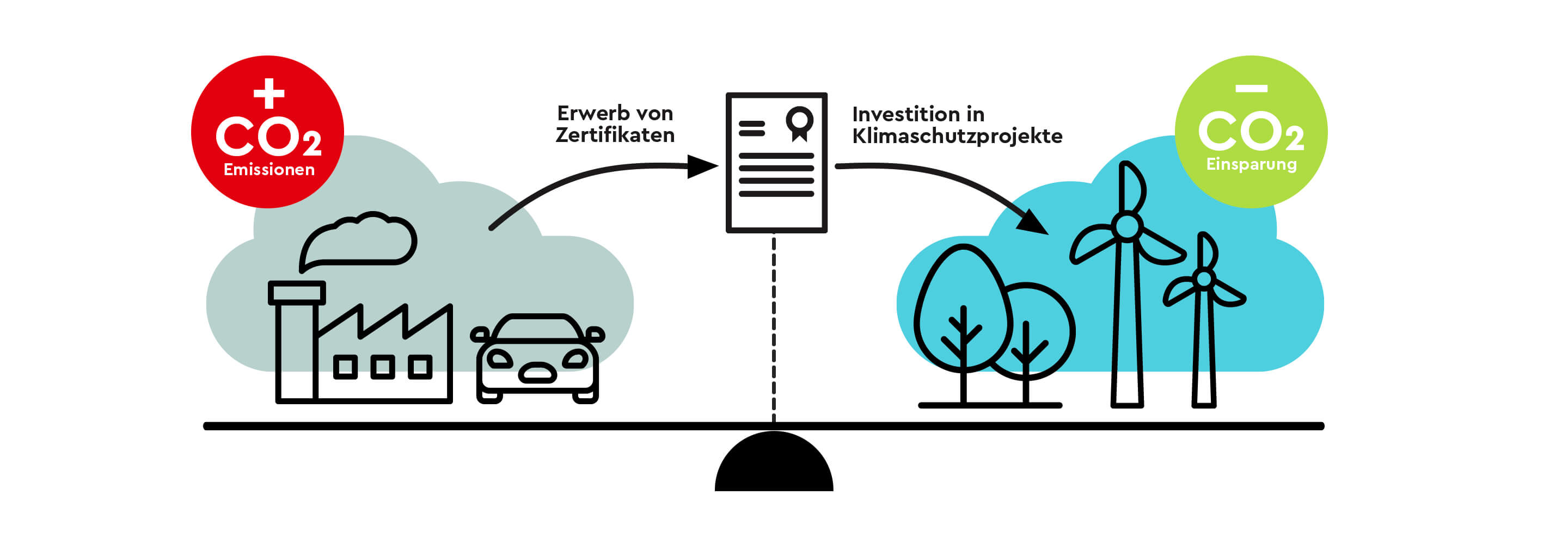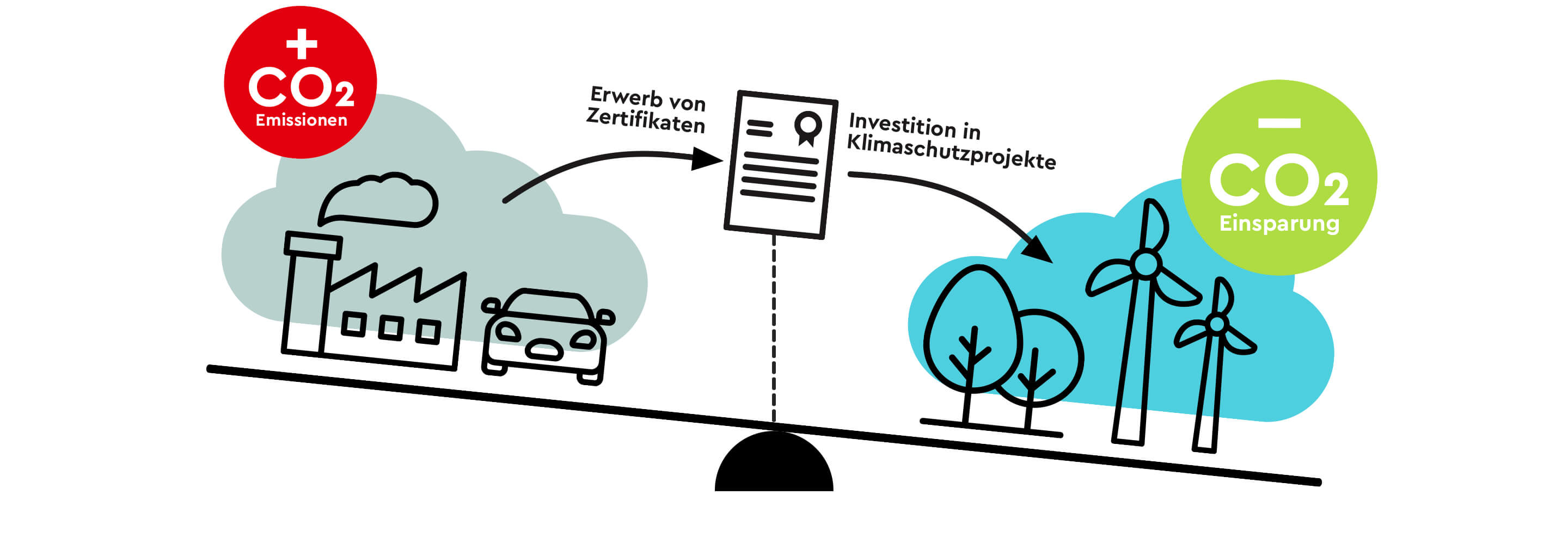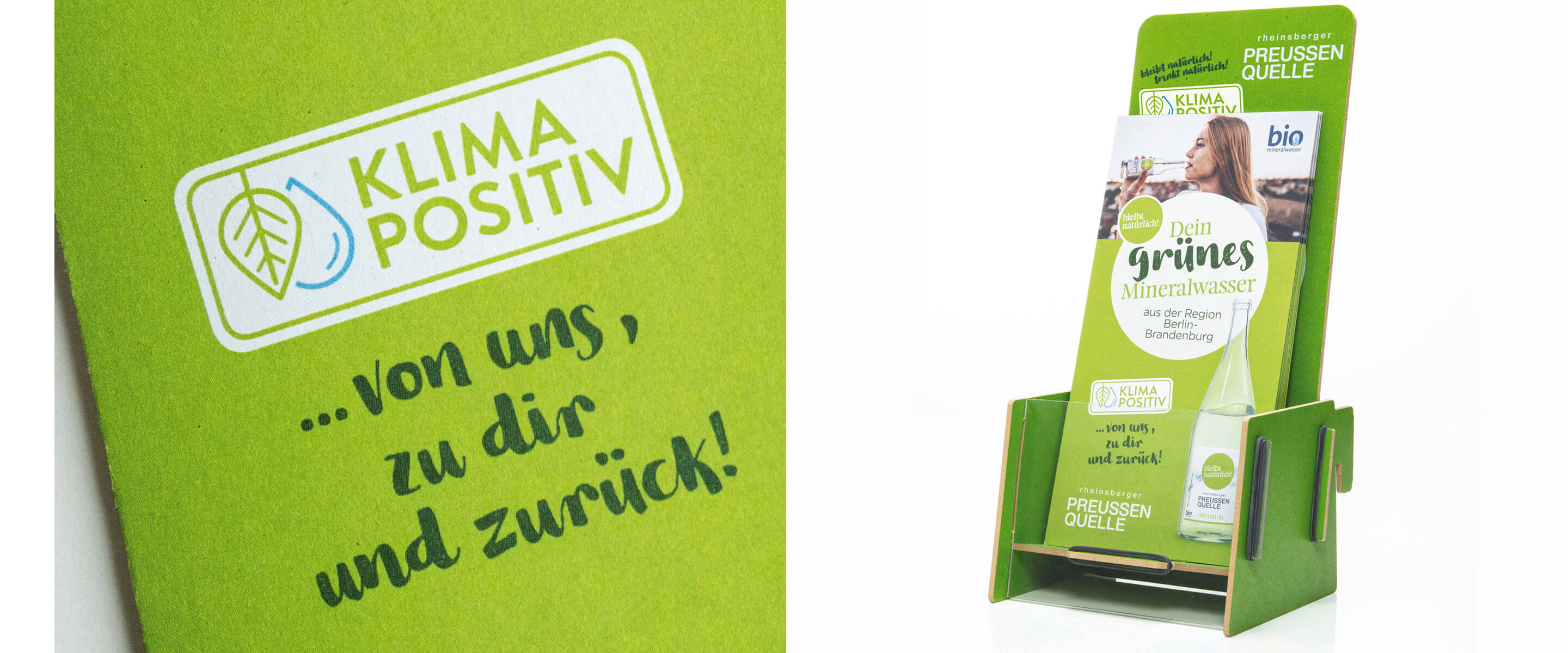

We know that it is 5 to 12 at the earliest when it comes to stopping global warming. Fortunately, the topic has now finally gained some momentum. Unfortunately, the consequences can no longer be overlooked, even if there are Trumps of this world who deny the issue. Sadly enough, it took a youth movement to really bring this issue to the attention of corporate management. This is due to the fact that the importance of a company’s behavior when it comes to sustainability is no longer just a matter of image, but has become extremely relevant to sales. And it may also be due to the fact that it is the managers’ children who go out on the street on Fridays instead of going to school.
But what does it actually mean to be climate neutral? Or even climate-positive? How do you achieve measurable climate protection? And does that really help? Is this just indulgence trading for a clear conscience or does climate-neutral and climate-positive action actually bring us real added value?
The simple answer: it depends on how and what you do. This again shows that it is somewhat more complicated. So let’s first clarify the terminology:


1. climate neutrality
The term “climate-neutral” means that, in purely mathematical terms, no CO2 is emitted. This normally works as follows: A company calculates its emissions and then buys so-called emission certificates in the amount of its own emissions, which are then retired.
The certificates are awarded to someone who has bound or saved CO2, for example through reforestation or composting projects, renewable energy projects or similar. The certificates can only be used once. In mathematical terms, you are then climate neutral.
There are several recognized methods for calculating your own emissions. Probably the best known is called the Greenhouse Gas Protocol, or GHG Protocol for short. These greenhouse gas protocols are based on average values when balancing greenhouse gases in order to make the calculation effort more manageable.


2. climate positive
Recently, the term climate-positive has been used more and more frequently alongside the term climate-neutral. As the name suggests, this means offsetting even more CO2 than you have caused. This is based on the realization that the goals of the Paris Climate Agreement, which aims to limit global warming to 1.5° compared to pre-industrial times, can only be achieved if significantly more CO2 is saved. So this is about more than just being neutral.
Of course, this immediately raises the question: How much more CO2 must be saved than consumed in order to be able to say with a clear conscience that we are climate-positive? Unfortunately, there is no single answer: the spectrum ranges from around 20% to 50-80% more savings. Reputable sources also demand that, in addition to offsetting, ambitious CO2 reduction targets be set for the company’s own emissions, which should then also demonstrate significant and measurable success.
Serious climate protection concepts can really make a difference
Again, it depends on the how and what. You have to do so much and be transparent in order to be credible and inspire confidence. And the whole concept behind true climate positivity must actually make sense and also arouse emotions in the end consumer so that the climate protection concept can actually take effect.
One example: our customer Rheinsberger Preussenquelle is climate-positive. They have calculated how many emissions are caused by buying mineral water, transporting it home, driving the empties back to the health food store (even in the worst case: by SUV), cleaning it and then bottling it again – in other words, the entire transportation route. Preussenquelle offsets the amount of CO2 emitted in the process in addition to what it produces itself when bottling its organic mineral water. Preussenquelle can therefore rightly say that the consumption of Preussenquelle mineral water causes no more emissions than drinking tap water at home. The advantage: it tastes better and is of pure quality.


Our conclusion to the questions we have asked above are therefore as follows:
If something has a solid foundation, is credible and is communicated transparently to the customer, climate-positive action can not only be good for the climate, but also for the company’s image.